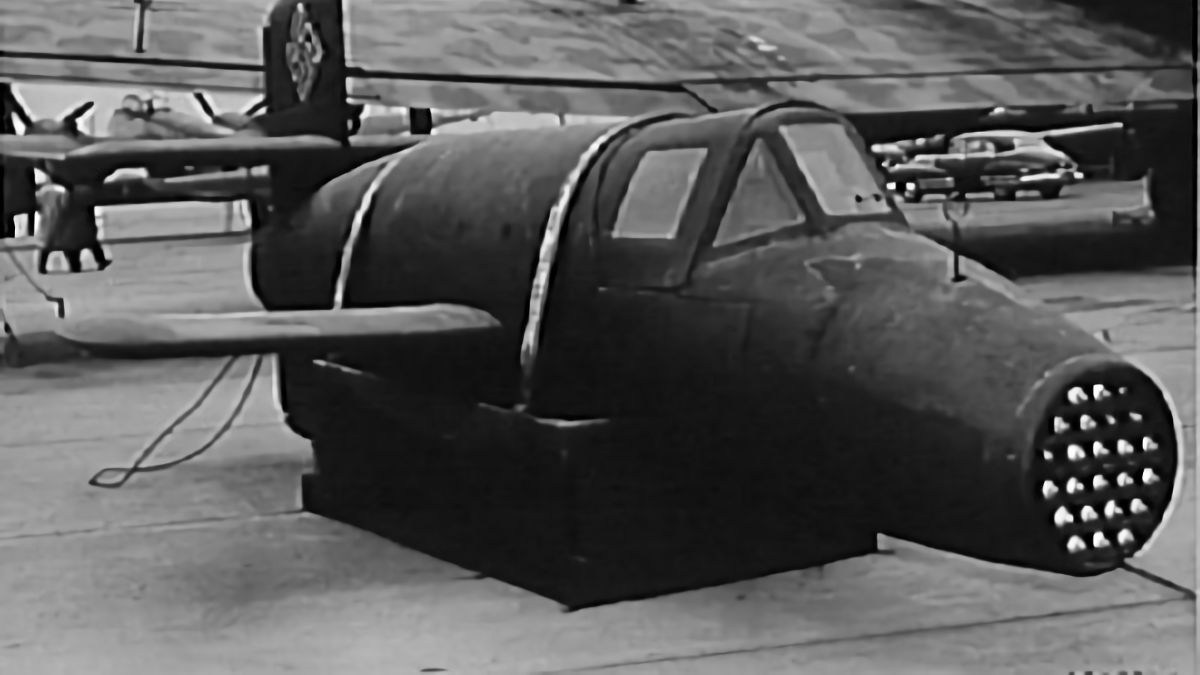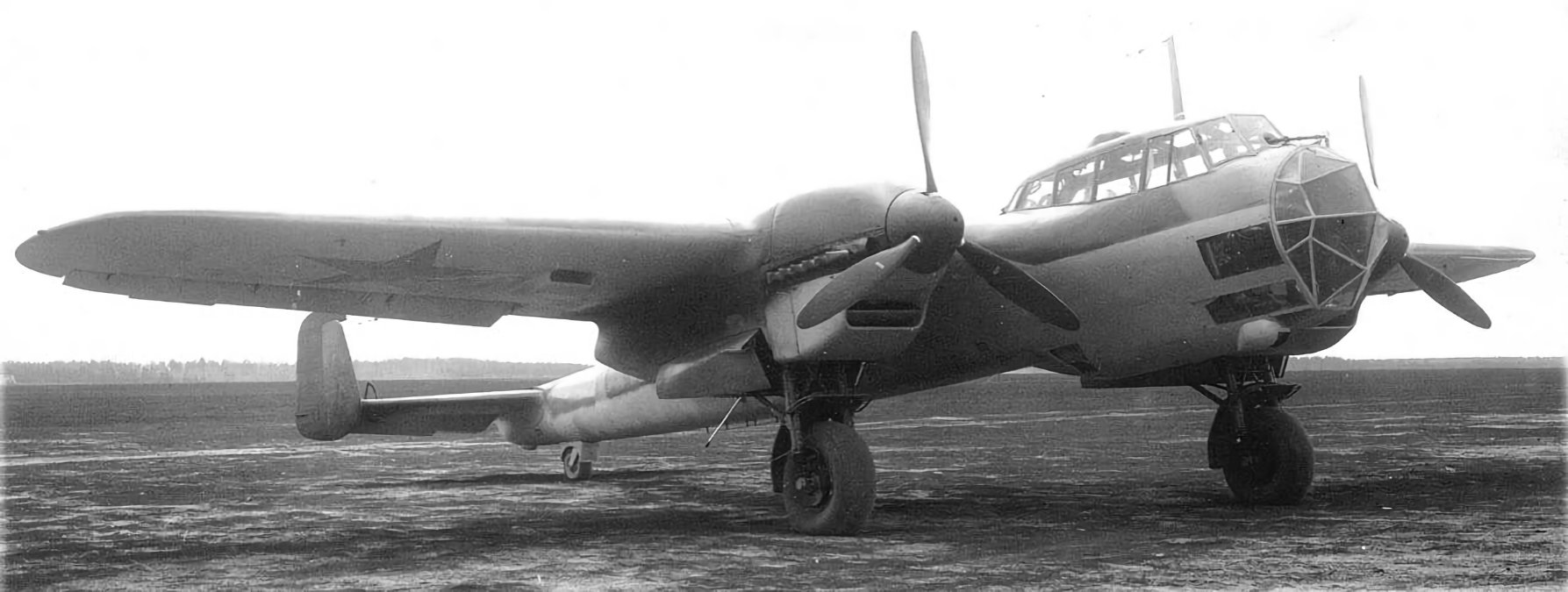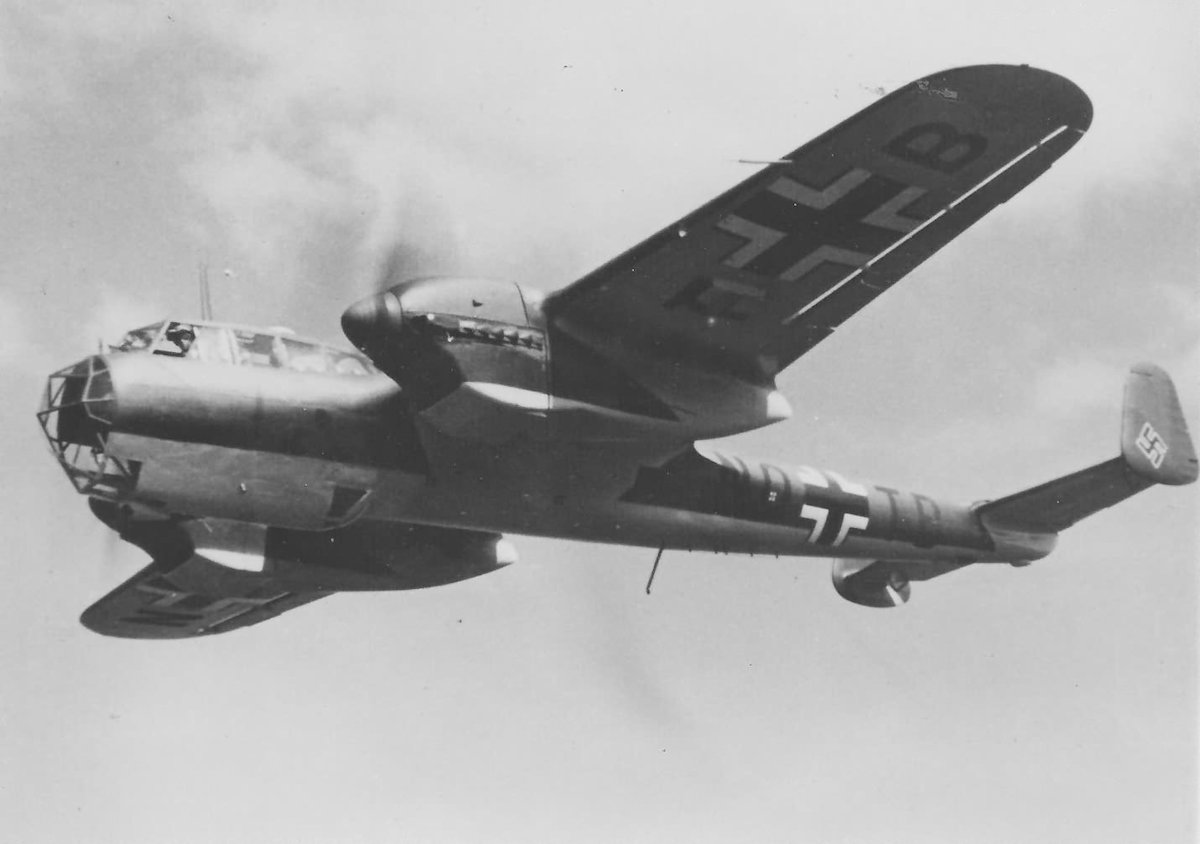Tag: aeroplane
-
Bachem Ba-349 Natter

Bachem Ba-349 Natter The Bachem Ba 349 Natter was a World War II German point-defence rocket-powered interceptor, which was to be used in a very similar way to a manned surface-to-air missile. The design team at Bachem-Werke GmbH for the Bachem Ba 349 Natter was led by Dipl Ing Erich Bachem, formerly technical director at… Read more
-
Dornier Do 215 in Soviet Service

Dornier Do 215 in Soviet Service The Soviet Union purchased two Dornier Do 215 B-3 long range reconnaissance aircraft for evaluation. Originally ordered as Do 215B-2s by the Luftwaffe, which had cancelled its order in favour of the Junkers Ju 88 and Heinkel He 177, they were redesignated Do 215B-3s. They were not equipped with… Read more
-
Dornier Do 215 in Luftwaffe Service

Dornier Do 215 in Luftwaffe Service The Dornier Do 215 was designed as an export version of the successful Do 17 bomber. Three prototypes were built: The V1 was essentially the same as the Do 17Z ans ws powered by Bramo 323 Fafnir radial engines; The V2 was powered by Gnome-Rhône 14-NO radial engines, while… Read more